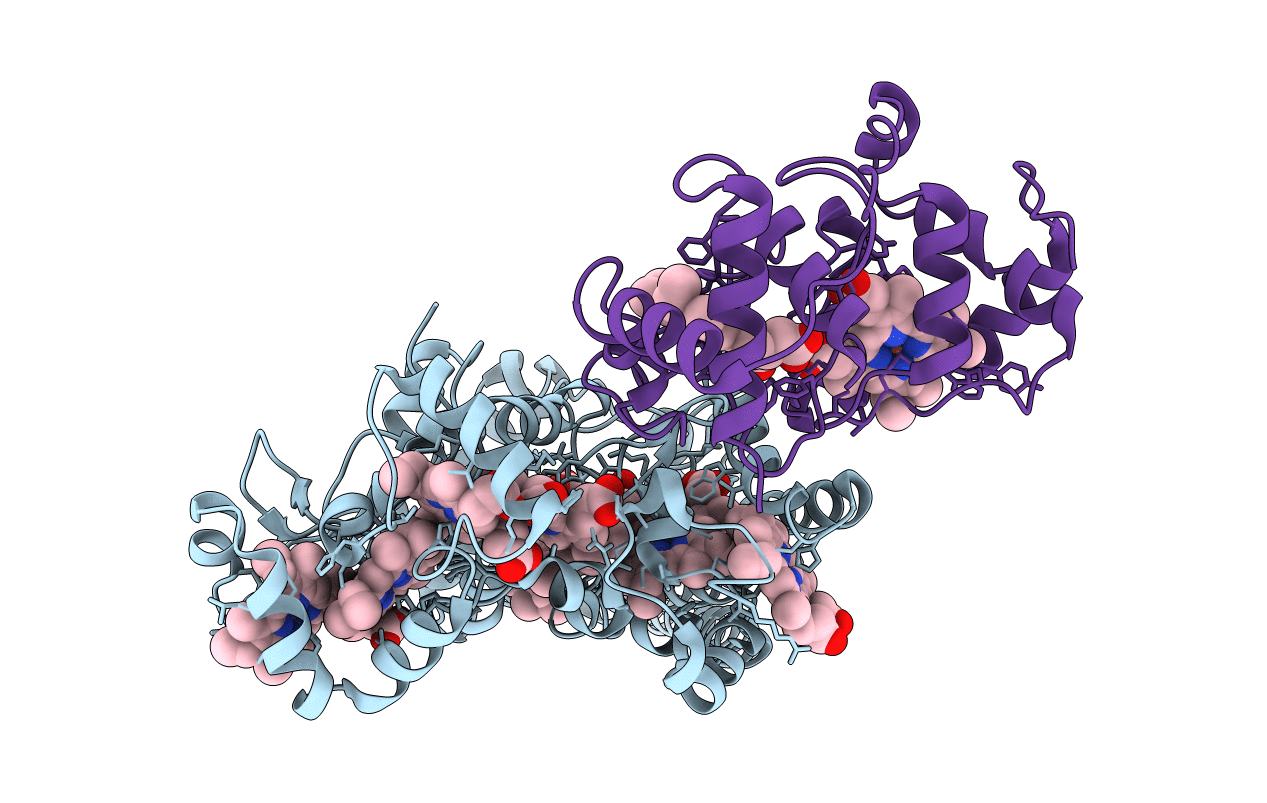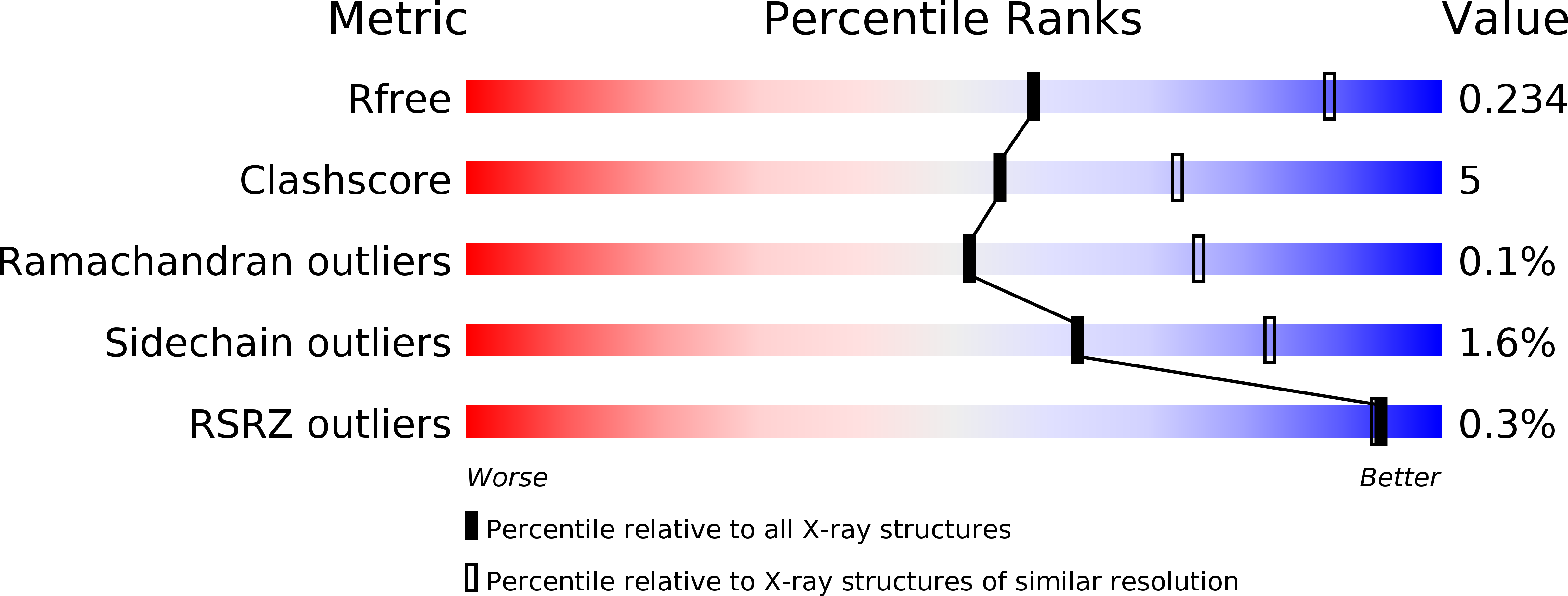
Deposition Date
2018-07-25
Release Date
2019-04-10
Last Version Date
2024-10-23
Entry Detail
PDB ID:
6H5L
Keywords:
Title:
Kuenenia stuttgartiensis reducing HAO-like protein complex Kustc0457/Kustc0458
Biological Source:
Source Organism:
Kuenenia stuttgartiensis (Taxon ID: 174633)
Method Details:
Experimental Method:
Resolution:
2.60 Å
R-Value Free:
0.23
R-Value Work:
0.18
R-Value Observed:
0.19
Space Group:
H 3 2


